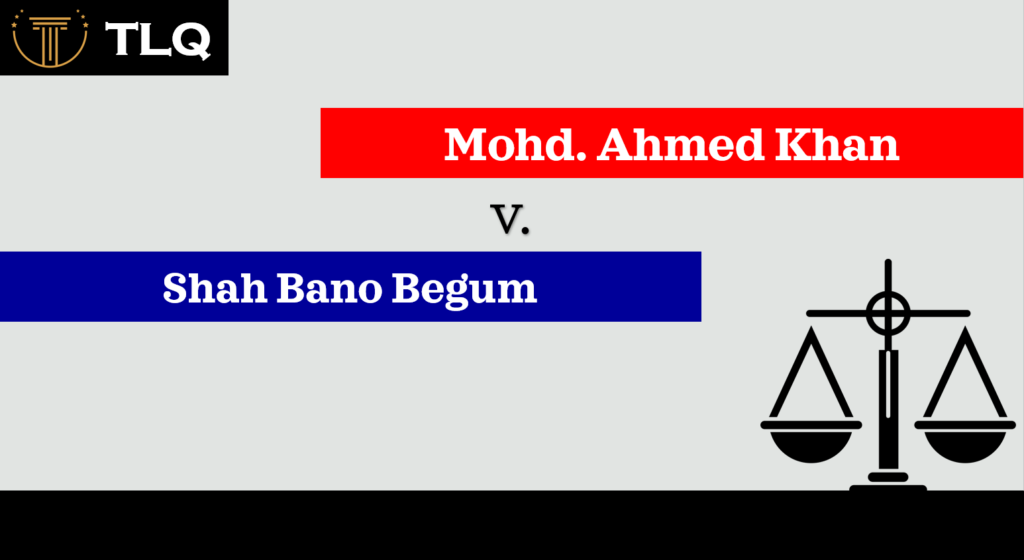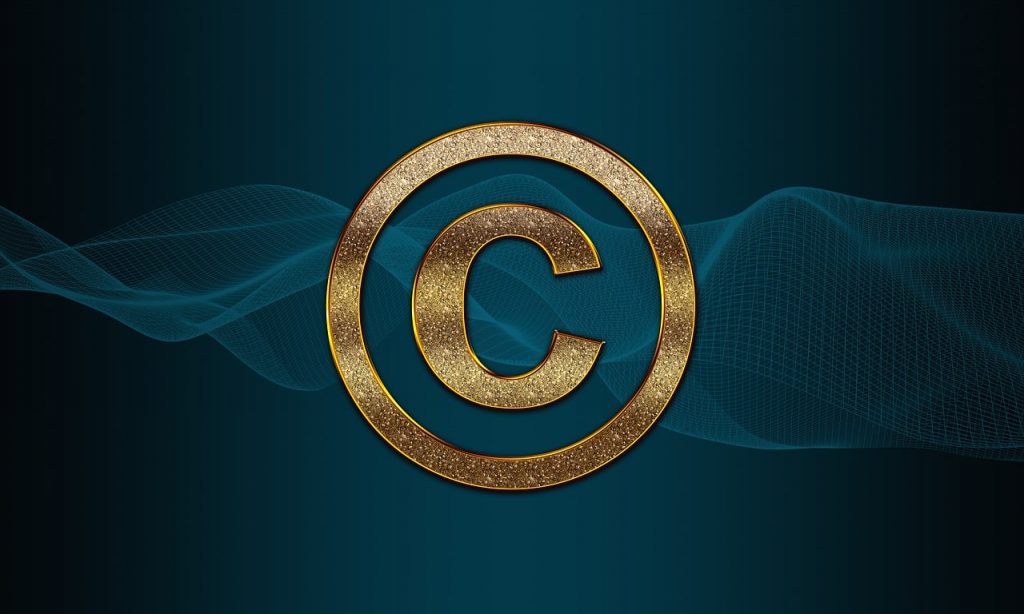Published On: 27th February, 2024
Authored By: Arati Manojrao Pachkhede
Rashtrasant Tukadoji Maharaj Nagpur University, Nagpur
Abstract
The scope of Intellectual property rights is widely spread in every inter-disciplinary field. The effect of these interdisciplinary fields helps to develop their respective fields. Health care and intellectual rights have been built up with the development of technologies and advancement. To protect this development, we need to address what kind of protection should be granted by the IPR with its components. How the trade secret helps to maintain transparency and innovation in the medical field at the same time with the legal framework.
The objectives of this paper are to explore what legal action is available for the inventors if any public health crisis appears and to identify the legal framework available in the Indian Judiciary.
Introduction
All living beings are aligning themselves to live life tension-free. For tension tension-free life, one should look after health as it is one of the important sectors in human life. For every single person, health is the main aspect of their life. For a secure life, human beings tend towards the development in this health; and medical sector with all the inventions and technologies.[1] The development in the medical sector is flourishing and its impact spreading widely throughout the world.
It is necessary to protect this development in the medical sector. The protection towards the technology should be given by the law. The Intellectual property rights protect those inventions and inventors also[2]. There are various intellectual property rights that are there to protect this field. The property that is made by using human intelligence tends toward intellectual property rights. And every component of IP helps to protect the human’s intellectual property.
In the medical profession, the formulas for preparing any type of medicine along with various machines for medication are available which need to be protected.[3] And by using laws we can protect them. But it is required to check, what kind of product one is inventing and using it for making medicines. It is necessary to get clear ideas about the things which we are going to give protection. The basic question then arises, Does the transparency in the medical sector need to come in public domains or it should be protected by using IP laws?
Intellectual Property Rights
The rights which are given for the protection of the property made by human intellect are the Intellectual Property Rights[4]. Intellectual property rights play a wide role in protecting innovation in drugs, health services, and the medical profession through its components such as patents, copyrights, and trade secrets.[5] The components of IPR such as patents, trademarks, geographical indications, and copyrights provide every type of protection. And trade secret is one of them.
The trade secret is the one that gives rights to the confidential information. This confidential information needs not to be registered. This confidential information should be commercially valuable and should known to be very few people.[6] The formulas of medicines and drugs come under this purview which is commercially valuable and known to only a few persons.
The component of the intellectual property i.e. trade secret helps to maintain the balance between transparency and innovation in this medical field. The term transparency means the disclosure of the information and in legal terms in respect of the trade secret the transparency should be maintained between the scientists, researchers, and health care professionals.[7] The term innovation means invention or doing something new that improves the product, process, and services. Both transparency and innovation play a crucial role by providing transparency and protection to encourage research work in this medical field.
Public Health Crisis
Health is one of the major aspects we people live with. Everyone has the right to enjoy the right to health. The right to health gives freedom to use medicines and other medical technologies. And with this right to health, public health also plays a crucial part in this society. Health issues related to mental health, physical health, climate change, malnutrition, and many more come into the scenario[8]. For all these types of public health, there should be the right medication provided to each one of us.
The right to health[9] should be given to each and everyone and is needed to distribute it accordingly at affordable prices. The commercial factor also comes in when there is distribution of those medicines. The laws relating to production and distribution need to take place and one of those is provided with the help of IPR[10]. These IP laws help to provide protection to the inventors with the help of patents to create legal monopolies over them. This does not create any barriers for the inventor and also encourages them to introduce new ones.
The inventors because of the monopolies, sell those medicines at very high prices which the common man cannot afford.
In the case of Novartis AG Vs Union of India, 2013,[11] it was held that “The Court’s decision upheld India’s strict Pharmaceutical patent regulation was hailed as a major win for public health and accessible, reasonably priced medications.”
The trade secret is one of the components that gives such type of protection to the medical companies. By this component, the medical companies can provide their medication without sharing the medical formulas. Confidential information needs not be disclosed in the public domain.
The grant of a patent can be done under the provision of the Patent Act. But there is no specific law for the trade secret. As described, the trade secret helps to keep the data safe and confidential but is dependent upon other Indian laws such as the Contract Act and, the Information Technology Act. Here, the question arises of whether is it necessary to maintain confidential information during a public health crisis just like COVID–19 [12].
During COVID–19, no one was ready to share medicines and, at the time of such a crisis, people are dying due to lack of medicines. In such circumstances, the liability comes to the pharmaceutical companies to provide necessary supplements.
Access to these medicines during public health crises, when the whole world is struggling for adequate medicine, it is the duty of the government also to provide all the medical facilities. But, in such situations, the rights of these manufacturers should be protected is also one of the tasks. In such a situation will it become possible to protect both the transparency and innovation of these medicines?
The manufacturing companies should consult with the researchers, professionals, scientists, and other operators for the proper ratio of the raw materials while making such important medicines. The transparency comes in when all these scholars are clear with their thoughts while preparing these medicines. Control over such public health crisis should be the main motive and these inventors proved themselves, by inventing those medicines within time.
During such public health crises, various member states indulge in sharing medicines with respect to TRIPs, and WTO[13] also provides provisions to waive the rights over confidential information to prevent and contain COVID-19 [14]. Here, the situation may come where such companies are not ready to waive their rights. In such circumstances, the government entered into a contract with those companies and granted protection for their rights to keep their confidential information secret. The Legal Framework should be provided for maintaining transparency along with encouraging innovations in the profession.
Legal Framework
Providing proper protection to confidential information is one of the main aims of intellectual property rights.
Accordingly, by using the terms of compulsory license, and voluntary disclosure it will become helpful to avoid stressful situations.
Section 27 of The Indian Contract Act[15] with the non-disclosure agreement one can protect the trade secret by keeping the transparency.
The Digital Personal Data Protection Act[16], helps to protect online data and is also capable of sharing it with the competent authority.
Section 72 of the Information Technology Act[17] can be used for breach of confidentiality and privacy.
Section 405 – 409 from The Indian Penal Code[18], criminal breach of trust can be useful for providing protection to trade secrets.
The Copyright Act is useful in protecting medical manuals and formulas.
The Right to Information can get you all the possible information if it is in the public domain.
It is observed that there are various laws that help inventors protect confidential information in the medical profession. In a public health crisis-like situation, these medicine companies can enter into non-disclosure agreements with other governmental or non-governmental companies or either sell out their medicines at affordable rates and provide the best services to the people of the country.
Conclusion
The legal framework of India is well well-established legal setup that covers every possible area. Even if, there is no specific law on trade secrets, other laws help to provide protection indirectly to this confidential information. Innovation and transparency in the field of trade secrets can be managed properly with all the freedom and protection given to the inventors or the manufacturers of the product. There are various precedents that suggest that confidential information should be protected and should not be disclosed in public.
The trade secret has no time limit to come into the public domain just like other domains. And therefore, their secrecy should not be breached by any means. The transparency between the parties should not affect the manufacturing of the product unless there is a breach of contract.
Reference(s):
[1] Anastasiya Kiseleva, Dimitris Kotzinos, and Pual De Hert, Transparency in AI in Health Care as a Multilayered System of Accountabilities: Between Legal Requirement and Technical Limitation available at https://www.ncbi.nlm.nih.gov/pmc/articles/PMC9189302/
[2] Ahuja. V.K. (3rd Edition, 2023) Laws Relating to Intellectual Property Rights, LexisNexix
[3] Allison Durkin, Patricia Anne Sta Maria, Brandon Willmore, and Amy Kapczynski, Addressing the risk that Trade Secret Protection Pose for Health and Rights, National Library of Medicine available at https://www.ncbi.nlm.nih.gov/pmc/articles/PMC8233014/
[4] Ahuja. V.K. (3rd Edition, 2023) Laws Relating to Intellectual Property Rights, LexisNexis
[5] Ms. Shri Subiksha Dhamodaran, Medical and Health Care Start-Up:IPR Consideration in the health law available at https://aishwaryasandeep.in/medical-and-health-tech-startup-ipr-consideration-in-the-health-industry/
[6] WIPO, How to Protect Trade Secret? Available at https://www.wipo.int/tradesecrets/en/protection.html
[7] Tara Nealey, Ronald M. Daignault and Yu Cai, Trade Secret in Life Science and Pharmaceutical Companies available at https://www.ncbi.nlm.nih.gov/pmc/articles/PMC4382727/
[8] Tarun Sai Lomte, What are the top 10 Public Health Challenges available at https://www.news-medical.net/news/20230503/What-are-the-top-10-public-health-challenges-in-2023.aspx#:~:text=Global%20public%20health%20challenges%20in,continue%20to%20emerge%20in%202023
[9] Dr. Pandey J.N. (2019), Constitutional Law of India (Central Law Agency, Allahabad)
[10] Ahuja. V.K. (3rd Edition, 2023) Laws Relating to Intellectual Property Rights, LexisNexis
[11] Bhandari M.K. (2021) Laws Related to Intellectual Property Rights, Central Law Publication
[12] Allison Durkin, Patricia Anne Sta Maria, Brandon Willmore, and Amy Kapczynski, Addressing the risk that Trade Secret Protection Pose for Health and Rights, National Library of Medicine available at https://www.ncbi.nlm.nih.gov/pmc/articles/PMC8233014/
[13] James Pooley, Trade Secret: The Other IP Right, available at https://www.wipo.int/wipo_magazine/en/2013/03/article_0001.html
[14] Steven Hollman and Calla Simeone, Trade Secret Protection and Covid-19 Cure available at https://www.tradesecretslawblog.com/2020/09/biomedical-advances/
[15] Avatar Singh (2013), Contract and Specific Relief, Eastern Book Company
[16] Digital Personal Data Protection Act available at https://www.meity.gov.in/writereaddata/files/Digital%20Personal%20Data%20Protection%20Act%202023.pdf
[17] Information Technology Act, 2000 available at https://eprocure.gov.in/cppp/rulesandprocs/kbadqkdlcswfjdelrquehwuxcfmijmuixngudufgbuubgubfugbububjxcgfvsbdihbgfGhdfgFHytyhRtMjk4NzY=
[18] Indian Penal Code available at https://lddashboard.legislative.gov.in/sites/default/files/A1860-45.pdf




